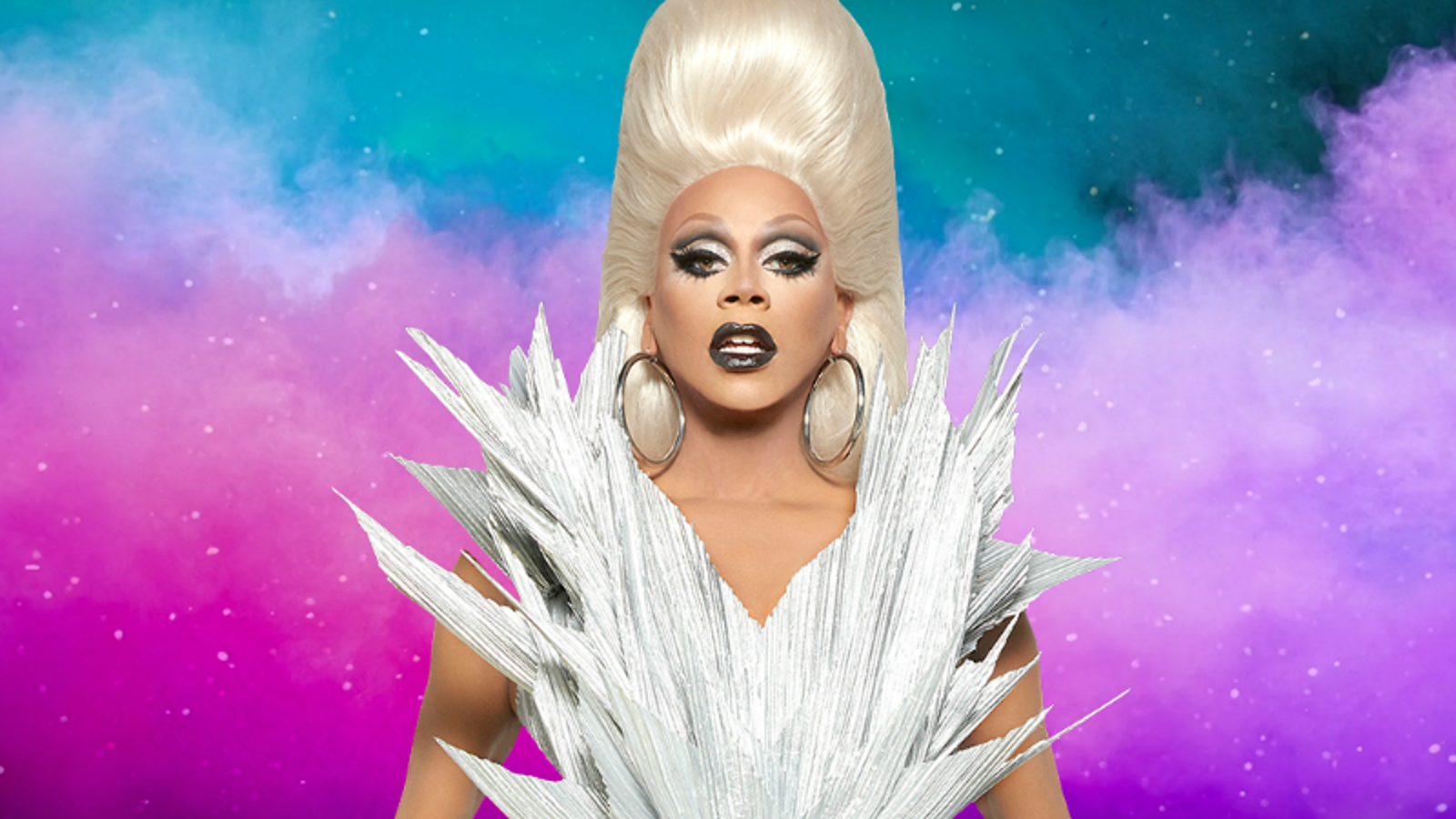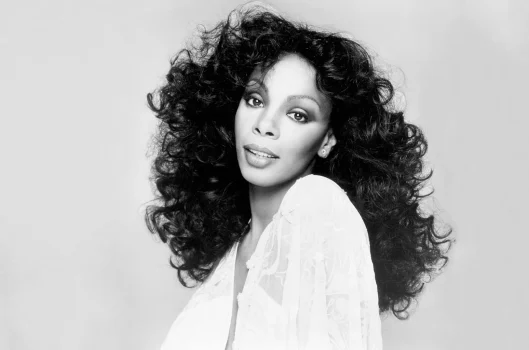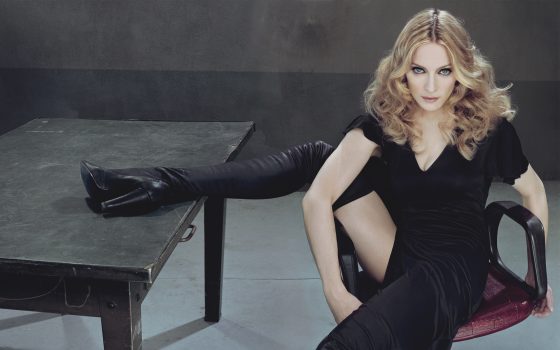
We have to spill the tea, but there is no shade this time: drag is currently in one of its most popular periods in herstory. The art form is now often seen on mainstream TV networks and magazine covers and is the subject of countless blogs and podcasts, thanks to the success of RuPaul’s Drag Race. However, drag spans beyond the time the competition has been on the air. As Drag Race judge Michelle Visage may be tempted to say: “Honey, it goes back centuries.”
Drag as we know it began as a type of fringe art form or hobby within the larger LGBTQ community. Still, it has now expanded into a cultural force for the public, appreciated by millions of individuals in mainstream audiences worldwide. Drag has long been an art form that blends performance art, theater, music, fashion, costume, and, of course, makeup and wigs with one’s own body as the canvas. Still, queens have become an incarnation of Warholian pop art, even achieving mass media recognition.
It’s impossible to have a conversation about current drag without mentioning “RuPaul’s Drag Race.” It began as a niche reality show on Logo TV and grew into a popular Emmy-winning flagship for VH1 with a primetime Friday time slot. The program has a global following as vibrant as any passionate sports fan, has evolved into a multi-national format, and has inspired a new generation of queens to tuck and take the stage. Contestants lip-synch, walk runways, impersonate celebrities, design and create original clothes, and win the title of best drag show performer.

But all of this begs the question: what is a drag, and how did Shakespeare get dragged into it?
One of history’s most well-known and influential authors, William Shakespeare, was born and died on April 23rd. Most of us read at least one of his plays in school and may have memorized a sonnet or two. However, some profound global topics lurk beneath the iambic pentameter and flowery prose, including unexpectedly fluid gender notions.
Drag has a long cultural history that includes cross-dressing and deliberate parodies of gender and sexuality roles. Drag started out of necessity in the age of Shakespearean theatre, but that doesn’t mean the participants didn’t enjoy themselves. The stage wasn’t merely a place of entertainment when Shakespearean theatre was shiny and new in the late 16th and early 17th centuries. It had strong ties to the church, which meant that only men were allowed to walk the boards. If there were few female roles in the play, the guys in the cast dressed as members of the opposite sex to keep the tale moving.
The term “drag” is thought to have originated in the theater, and the costumes that men donned to play feminine characters dragged across the stage. Another hypothesis claims it comes from folk etymology, which tells us drag means “Dressed Resembling A Girl,” first used in male theatrical transvestism. Polari—a sort of British slang used among gay men and the theater world in the late 19th and early 20th centuries—was the first to adopt “drag queen” to describe men dressed as women.
Actors portraying feminine roles because no actresses were available wasn’t quite in the spirit of today’s drag — but it was a start. It quickly evolved into a way for males (predominantly homosexual men, but heterosexual men also wear drag) to express a different side of themselves by emphasizing feminine appearance, style, and body language to create a persona. There’s more to drag than impersonating a woman, as RuPaul puts it: “I don’t dress like a woman; I dress like a drag queen!”




